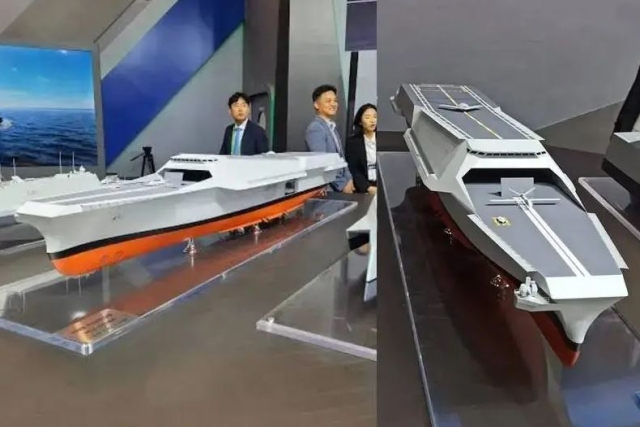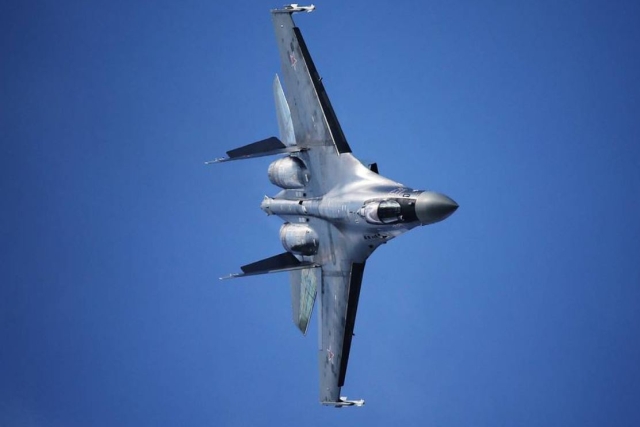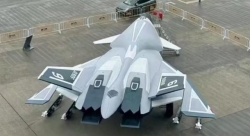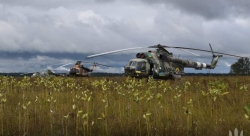Search Results
-

U.S. Army Unveils 'Dark Eagle' Name for Long-Range Hypersonic Weapon
April 25, 2025 @ 05:30 AMThe U.S
-
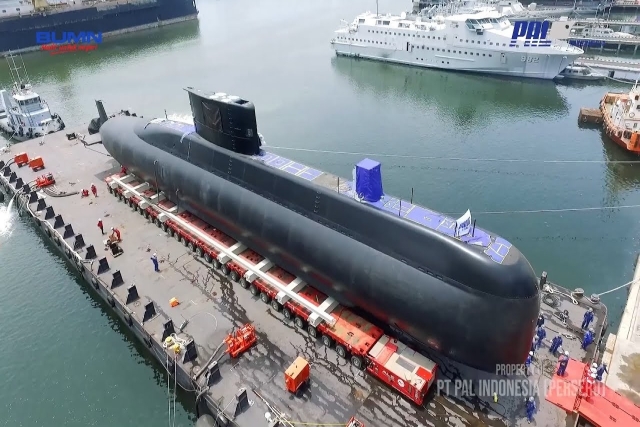
South Korea Aims to Leapfrog in Global Submarine Tech Development
April 24, 2025 @ 09:42 AMThe South Korean Defense Acquisition Program Administration (DAPA) hosted the “
-
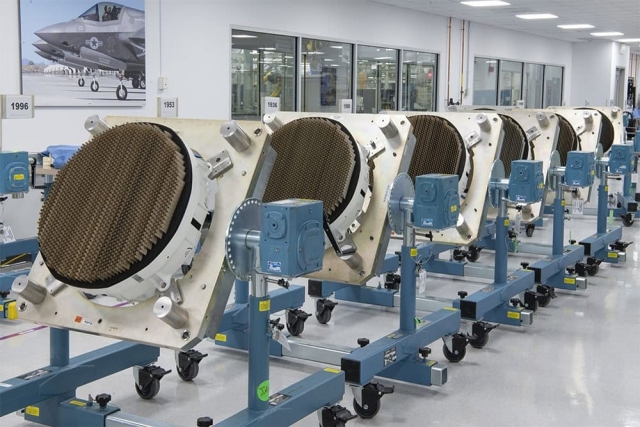
China Bans Korea from Exporting Defense Products to U.S. Containing Chinese Rare...
April 23, 2025 @ 12:15 PMChina has prohibited South Korea from exporting any defense-related products to the United States if they contain Chinese-origin rare earth minerals, marking a new front in the intensifying trade standoff between Washington and Beijing. The restriction, reported by
-
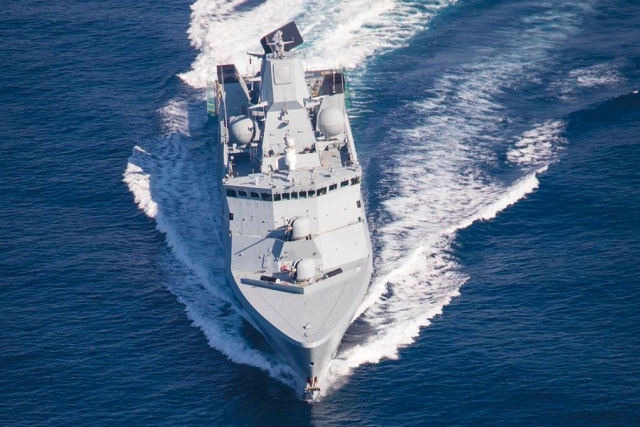
Danish Political Parties Agree to $612M Naval Fleet Augmentation Plan
April 23, 2025 @ 11:24 AMThe Danish Government and opposition parties agreed to a
-

U.S. Withdraws From Peace Negotiations As Kyiv, Moscow Shun London Summit
April 23, 2025 @ 09:19 AMThe United States reportedly plans to formally withdraw from its role as mediator in the ongoing conflict between Ukraine and Russia following the collapse of a planned summit in London, where key parties refused to participate. Speaking Tuesday, U
-

Philippines Awaits Formal U.S. Offer on Proposed F-16 Fighter Jet Deal
April 23, 2025 @ 07:14 AMThe Philippine government has not yet received a formal offer from the United States for the proposed sale of F-16 fighter jets, Defense Secretary Gilberto Teodoro Jr. said Wednesday, despite a U
-
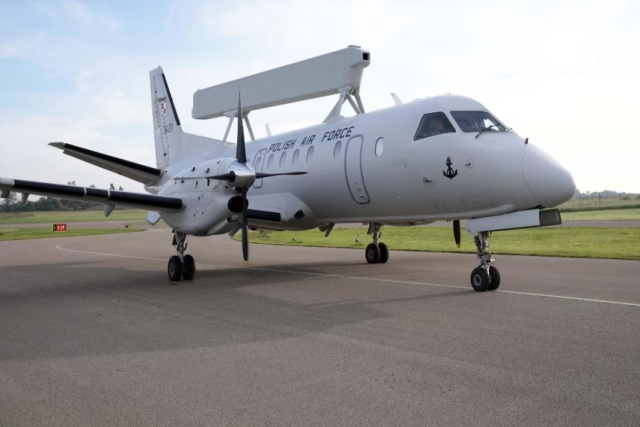
Ukraine Tests First Swedish Saab-340 AEW Aircraft
April 23, 2025 @ 05:59 AMUkraine has reportedly received the first of two Swedish Saab 340 Airborne Early Warning and Control (AEW&C) aircraft from Sweden, a development that could raise concerns for Russia. The Swedish-made aircraft, designated ASC 890 and equipped with the Erieye radar system, made its reported maiden test flight over the Lviv region in western Ukraine, according to Ukrainian media outlet UNIAN
-

Ammunition Depot Near Moscow On Fire, Ukrainian Sabotage Suspected
April 23, 2025 @ 04:48 AMA major Russian military ammunition depot, located just 60 kilometers east of Moscow, caught fire and experienced a series of explosions on April 22, with early indications pointing to possible Ukrainian sabotage. The depot, officially known as the 51st Arsenal of the Main Missile and Artillery Directorate (GRAU) of the Russian Ministry of Defense, was one of the countrys most fortified munitions storage sites
-
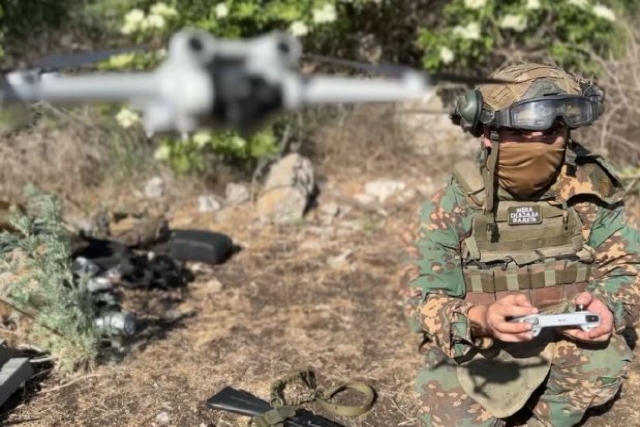
Rostec Begins Testing ‘Friend or Foe’ System for Drones
April 23, 2025 @ 04:28 AMRussias Rostec State Corporation has started testing a new drone identification system that works on a “friend or foe” basis, automatically recognizing friendly unmanned aerial vehicles (UAVs) at distances up to 100 km and altitudes up to 5 km. Developed by Rosel, a holding within Rostec, the system uses a lightweight onboard transponder—just 90 grams in weight—with low power consumption, enabling its integration into various drone types, including both civilian and special-purpose UAVs
-
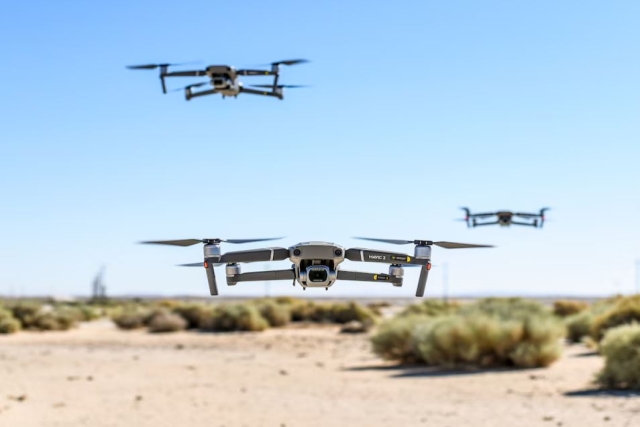
U.S. Dependent on China for Key Drone Components
April 21, 2025 @ 09:38 AMThe United States remains heavily reliant on Chinese-made components for military drones, complicating its defense posture in the Pacific and exposing a vulnerability in its defense supply chain. As the Pentagon accelerates drone production to prepare for potential conflict in the Indo-Pacific, critical parts such as batteries, gliders, engines, radios, and cameras are still being sourced from China—a country that controls around 90 percent of the global drone market,

